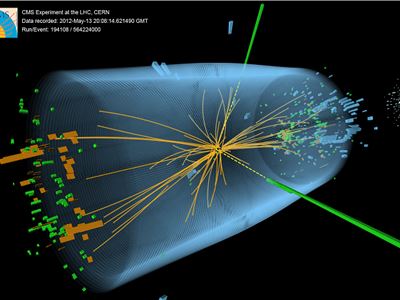Aiden was a quick-hitting winter storm, partially spawned by a southward dip in the jet stream sweeping into the Rockies. The cold air supplied by that jet stream dip, combined with an upslope northeast surface wind flow, produced the snow along the Interstate 25 corridor, including in Denver and Cheyenne, Wyoming, as well as parts of the High Plains of western Nebraska and eastern Colorado.
Precipitation changed over to snow just after midnight Monday morning, Oct. 9, in the city of Denver, where 2.8 inches of snow was reported at Denver International Airport as of 6 p.m. MDT Monday, Oct. 9, mainly on grassy surfaces.
The heaviest snow total from Winter Storm Aiden was an estimated 15.4 inches at the Deadman Hill SNOTEL station near Glendevey, Colorado. The Cinnabar Park SNOTEL near Centennial, Wyoming, was not far behind with 15 inches of snow.
In Wyoming, a stretch of Interstate 80 from east of Rawlins to Cheyenne was shut down early Monday morning, Oct. 9, due to dangerous winter driving conditions, according to the Wyoming Department of Transportation. Cheyenne, Wyoming, officially reported 5.7 inches of snow at the Cheyenne Regional Airport between Oct. 8 and Oct. 9.
Elsewhere in Wyoming, 6 inches of snow was measured on Casper Mountain, 8 inches of snow was estimated in Park County and up to 5 inches was estimated in Yellowstone National Park, according to the National Weather Service's Riverton, Wyoming, office.
Interestingly, the morning after Aiden's snow ended, Laramie, Wyoming, recorded the first subzero low of the season in the Continental U.S., and one of their earliest subzero lows on record.
Some light accumulations prompted the closure of the Needles Highway in South Dakota's Custer State Park for a time Sunday, Oct. 8.
Aiden was the first named winter storm of the season, although parts of the Rockies had seen multiple rounds of snow since September, including a blizzard the previous week in Montana.
- Tags: Storm Aiden Denver Colorado Wyoming Nebraska Montana
- Categories: Travel










































